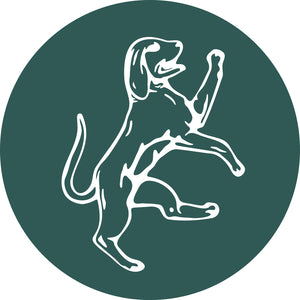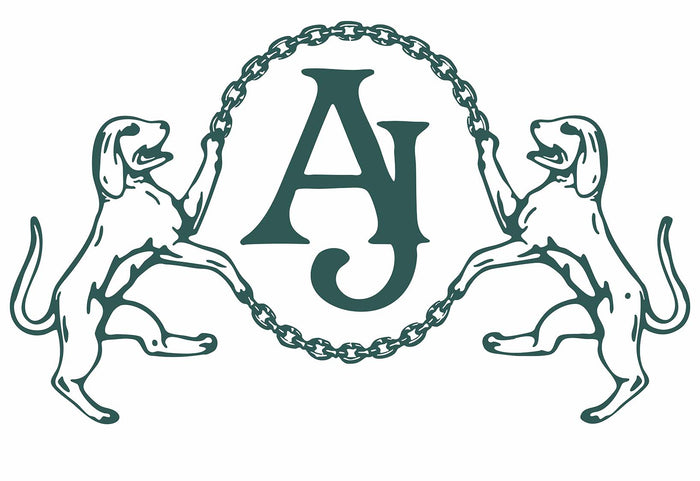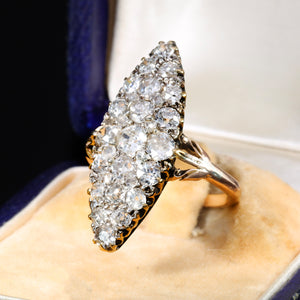Today’s dazzling diamonds with their brilliant fire and sparkle are the result of centuries of craftsmanship and evolving gem-cutting techniques. But it all had to start somewhere. So how was the first diamond cut, and what did it look like?
The Origins of Diamond Cutting
Diamond cutting is believed to have begun in the 14th century, primarily in Europe and India. Before this, diamonds were worn in their natural octahedral crystal form—appreciated for their hardness and rarity rather than their brilliance. The earliest cuts were not designed for sparkle, but rather to enhance the natural shape and make the stone more wearable in jewellery like antique and vintage rings.
The Table Cut: The First True Diamond Cut
The first documented diamond cut is known as the table cut, appearing around the mid-14th century. Cutters would grind down the top of a natural octahedral diamond to create a flat surface—called a “table”—and sometimes add a flat bottom known as a “culet.” This gave the stone a rectangular, mirror-like appearance rather than the light-reflecting brilliance we associate with modern diamonds.
These early diamonds were cut by hand using diamond dust and crude tools. Despite their simplicity, table cuts were revolutionary at the time, as they laid the groundwork for every diamond cut that followed. They were commonly used in antique rings from the late Medieval and early Renaissance periods.
From Table Cut to Brilliance
As tools and knowledge improved, so did the desire to increase sparkle. This led to the development of more complex cuts like the point cut, the rose cut, and eventually the old mine cut—a predecessor to today’s modern brilliant cut.
By the Georgian and Victorian eras, diamond cutters were experimenting with proportions, symmetry, and facets to enhance brilliance and fire. Rings from these periods often feature vintage cuts that showcase the diamond’s beauty under candlelight, making them highly desirable to collectors today.
The Lasting Legacy of Early Diamond Cuts
Though primitive by today’s standards, the first diamond cuts were groundbreaking in their day. They mark the beginning of diamond artistry and demonstrate the enduring appeal of gemstone craftsmanship. When you wear an antique or vintage diamond ring with an early cut, you’re not just wearing a jewel—you’re wearing history.
Discover our curated collection of antique rings and vintage rings, where historic diamond cuts tell stories from centuries past.


